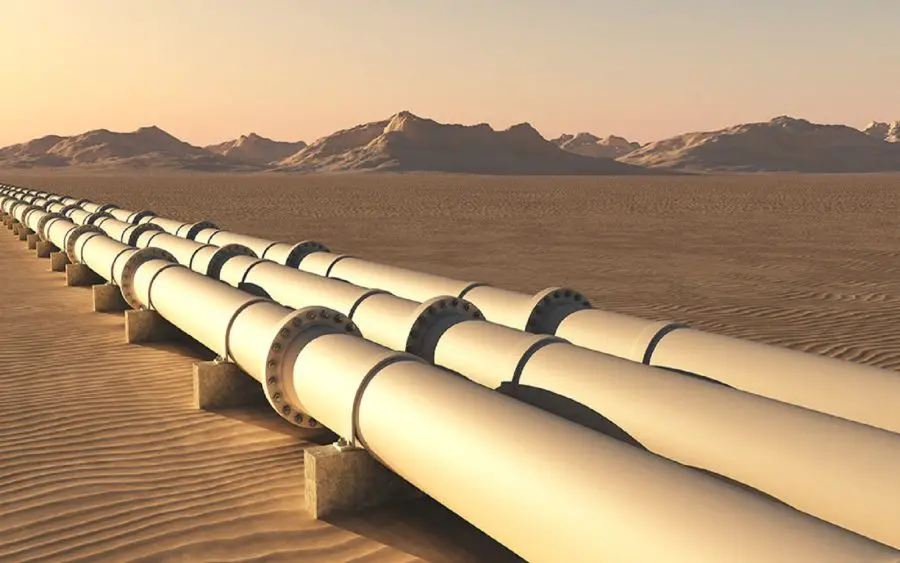A joint venture to build the ADCC natural gas pipeline has been agreed upon by US LNG producer Cheniere Energy and units of Whistler Pipeline. Whistler Pipeline estimates that the 42-inch ADCC pipeline will go 43 miles. This is from its terminus to Cheniere’s Corpus Christi liquefaction facility in Texas. The pipeline project is anticipated to be completed in 2024, subject to usual regulatory and other approvals.
The project will be able to transport up to 1.7 billion cubic feet of natural gas(Bcf/d) per day. Furthermore, it will have the capacity to increase to 2.5 Bcf/d. A group that includes Whitewater, MPLX LP, and a joint venture between Stonepeak and West Texas Gas owns the Whistler Pipeline.
The development coincides with Europe’s scramble to find substitute supplies for Russian gas. This is due to the region’s soaring demand for US liquefied natural gas. The final investment decision was taken in May 2022. It was taken by MPLX, WhiteWater Midstream, and a JV between Stonepeak Infrastructure Partners and West Texas Gas for the Whistler Pipeline extension project. Thus, it will help boost mainline capacity from 2Bcf/d to 2.5Bcf/d.
Read Also: Construction of first phase at Cass Regional Medical Center in Missouri completed
ADCC natural gas pipeline in the USA
The three additional compressor stations are being installed. The stations that are part of the project are expected to be operational by September 2023. Additionally, the Cheniere Board of Directors decided to spend money on the Corpus Christi Stage Three Liquefaction Project (CCL Stage three) in June 2022. It is anticipated that it will produce more than ten million tonnes of LNG annually.
The largest producer of natural gas in the world now is the United States. The principal uses of natural gas in the United States are for heating and power generation. Thus, it accounts for around one-third of the country’s total primary energy consumption. The expansion of the global natural gas market has led to an increase in the usage of liquefied natural gas or LNG. Additionally, most natural gas in the United States is delivered in its gaseous state by pipeline.

